Mohiniyattam dance form of Indian Classical Dance was nurtured in the region of Kerala in southwestern India. The name Mohiniyattam literally means ‘Dance of the Enchantress’ and it does have a mesmerizing quality. The white and gold costume, the hairstyle and the highly graceful movements in medium tempo bring out the aesthetic effect.
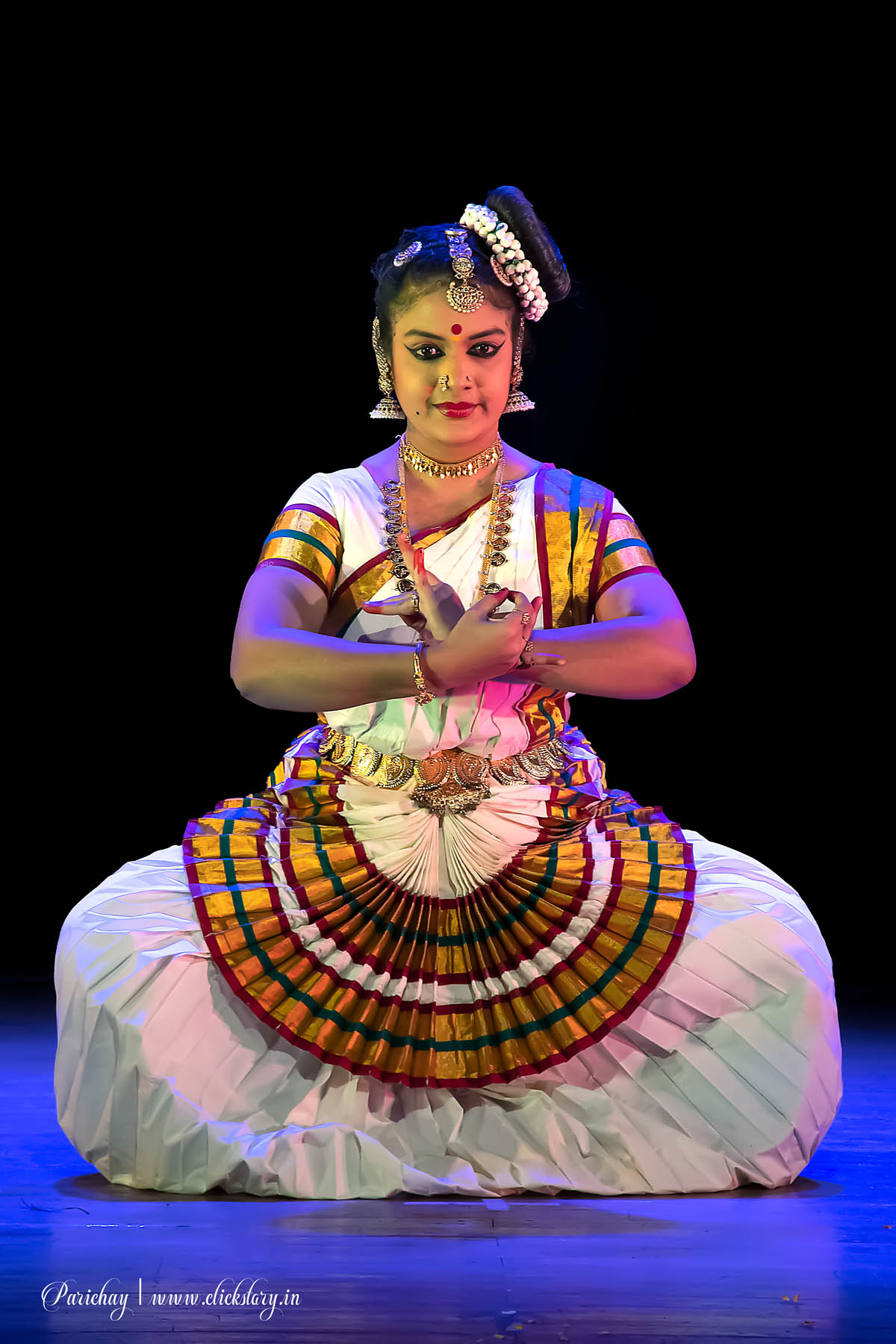
It is characterized by swaying movements of the upper body with legs placed in a stance similar to the pile position. The eyes play an important role in the direction of the movement.
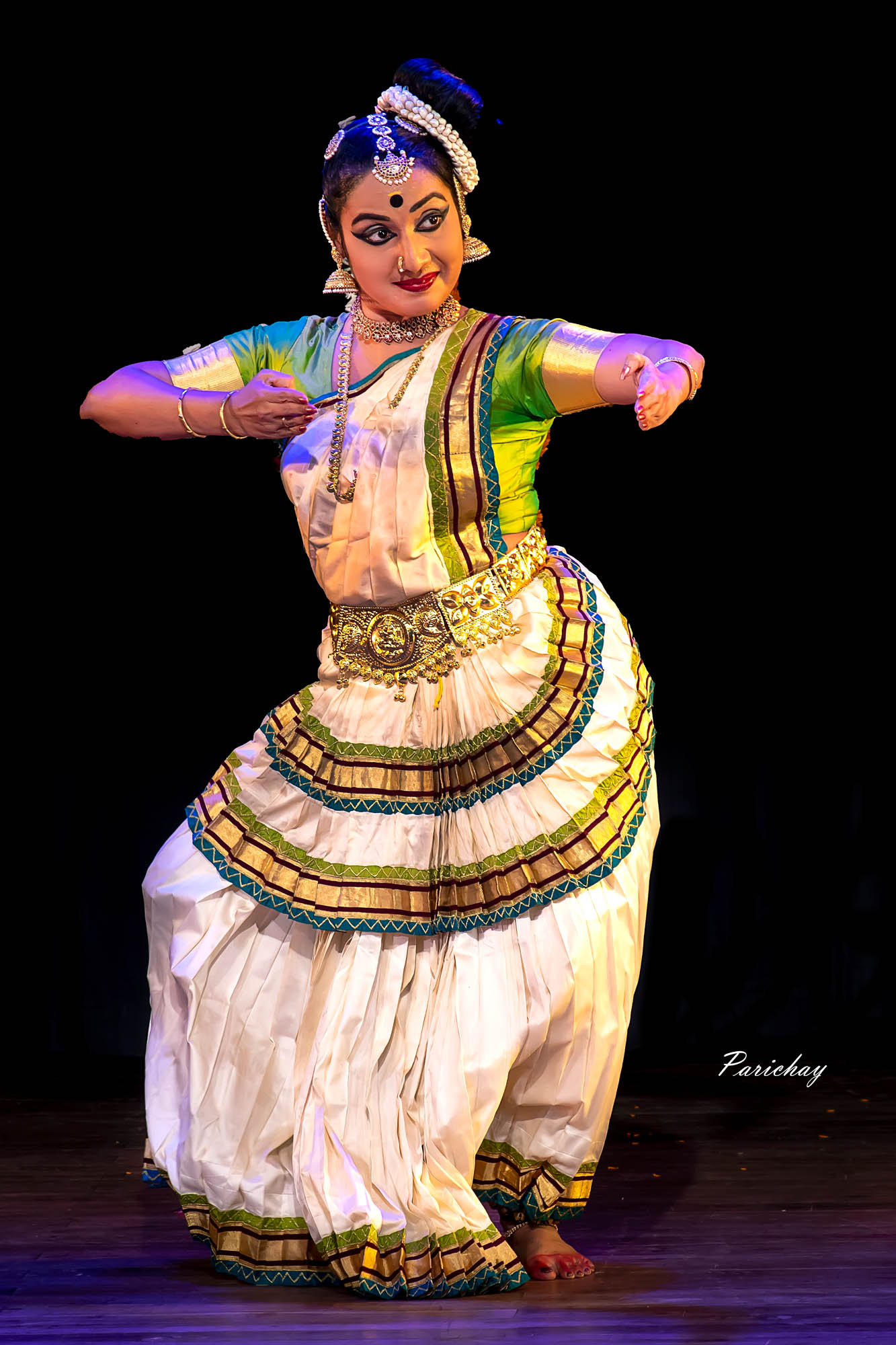
It is found in some eighteenth century texts, but the practical style was revived in the time of Maharaja Swati Tirunal, a 19th century ruler who was a great patron of the arts. Under Swati Tirunal, it was established as a solo dance tradition with musical compositions set to the Carnatic style of music and a distinct repertoire. Later, in the twentieth century, the great poet Poet Vallathol Narayana Menon established the Kerala Kalamandalam to promote the arts of Mohiniyattam and Kathakali.
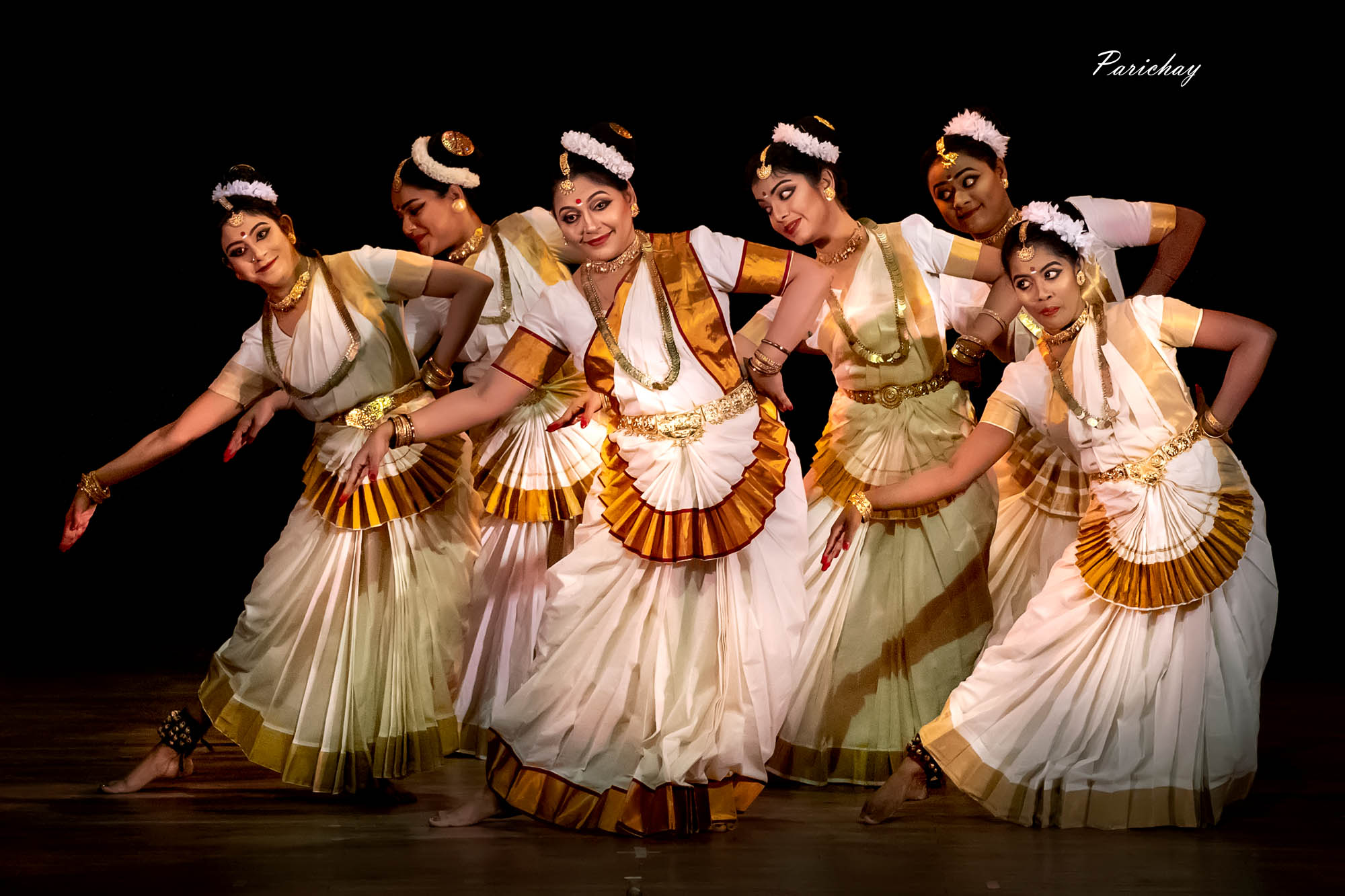
Over the past few decades, the repertoire of it has been developed and expanded by dedicated performers who have ensured that this beautiful dance style retains a distinct identity among the classical dance styles of India.
Apart from mythology, Mohiniyattam perform on the themes from nature. It was female orientated art form and only female were suppose to perform but at present male also practicing and performing too.
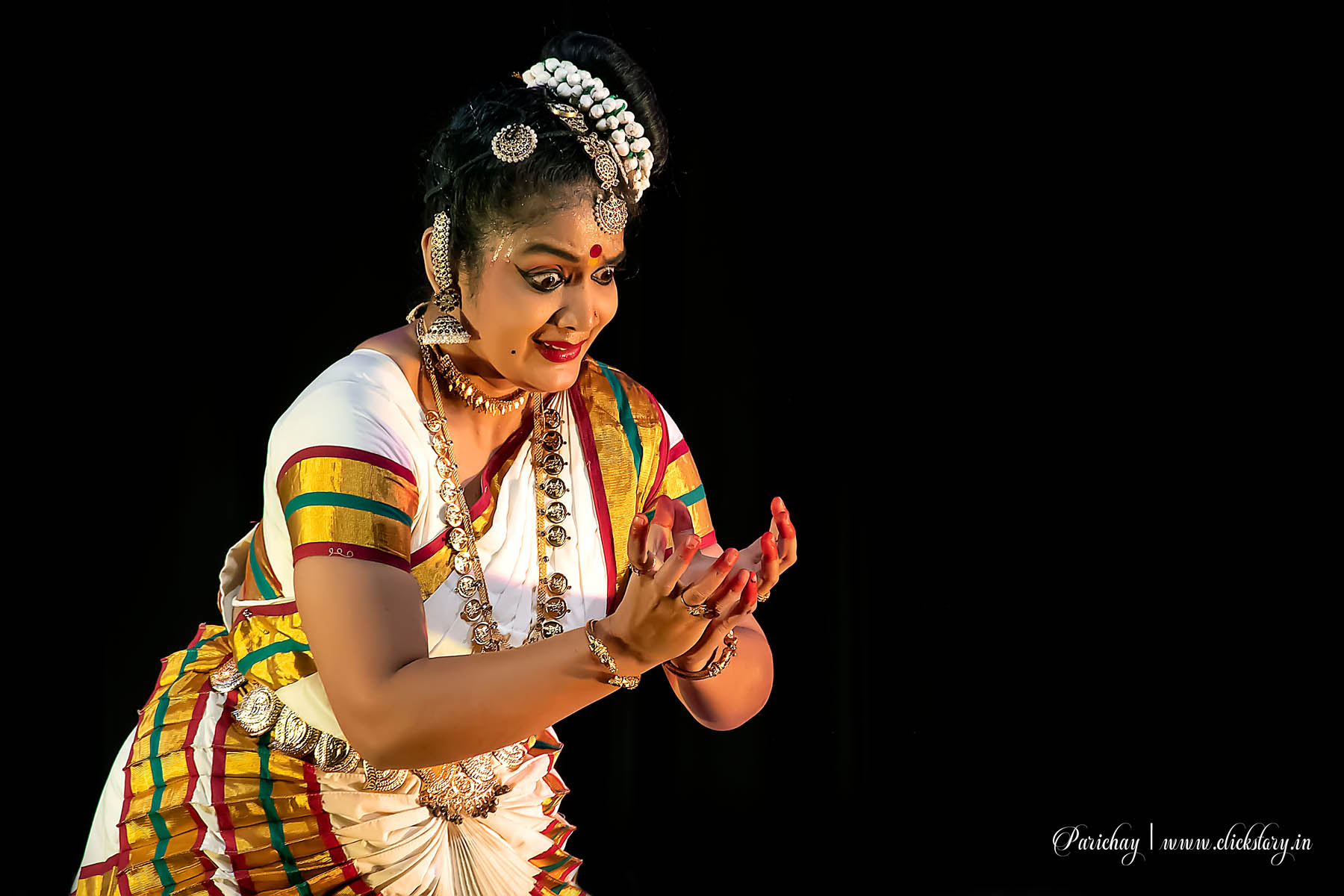
INSTRUMENTS USE IN MOHINIYATTAM DANCE
Mridangam, Maddalam, Nattuvankam, Violin, Flute, Idaykka.
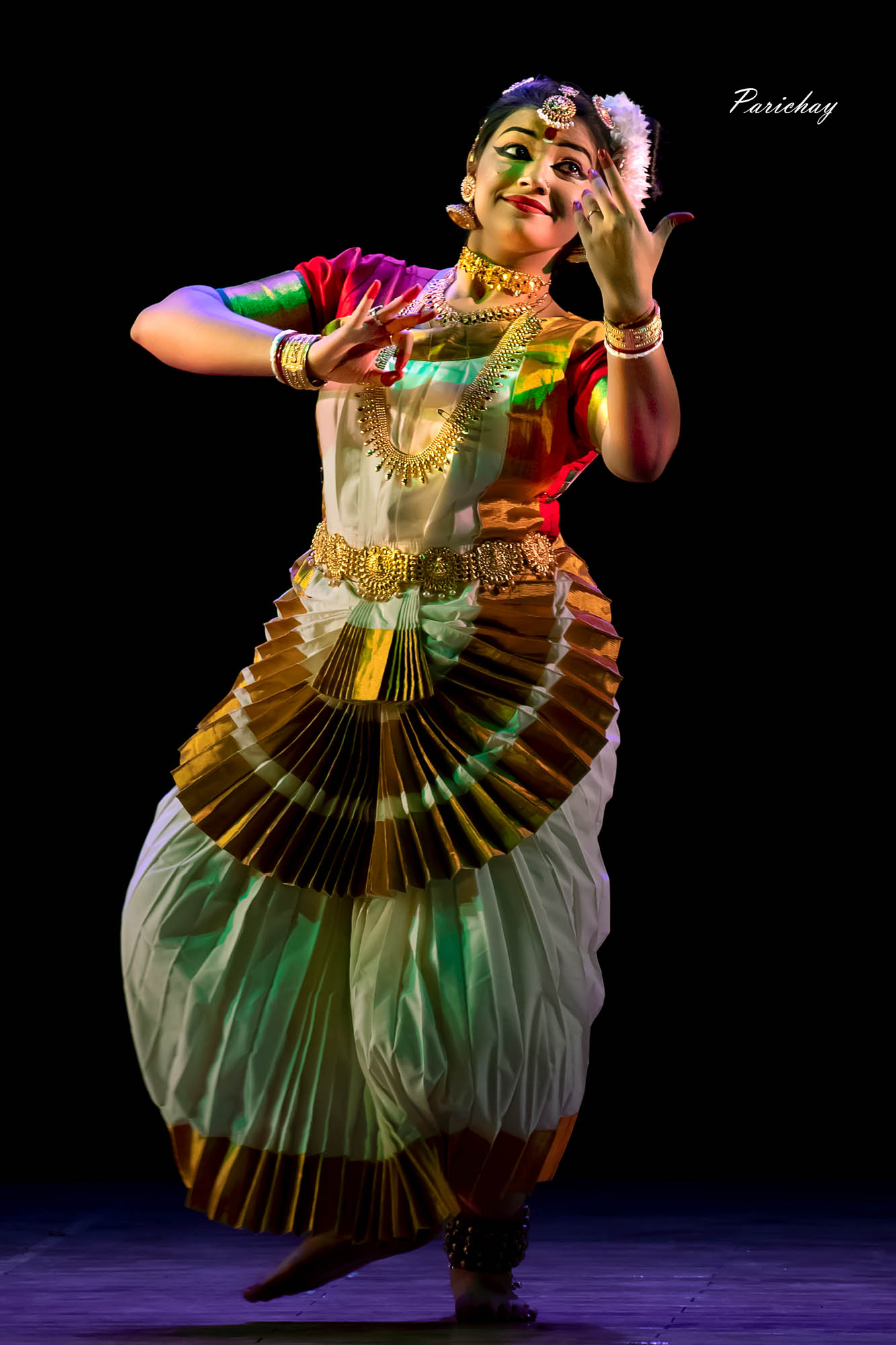
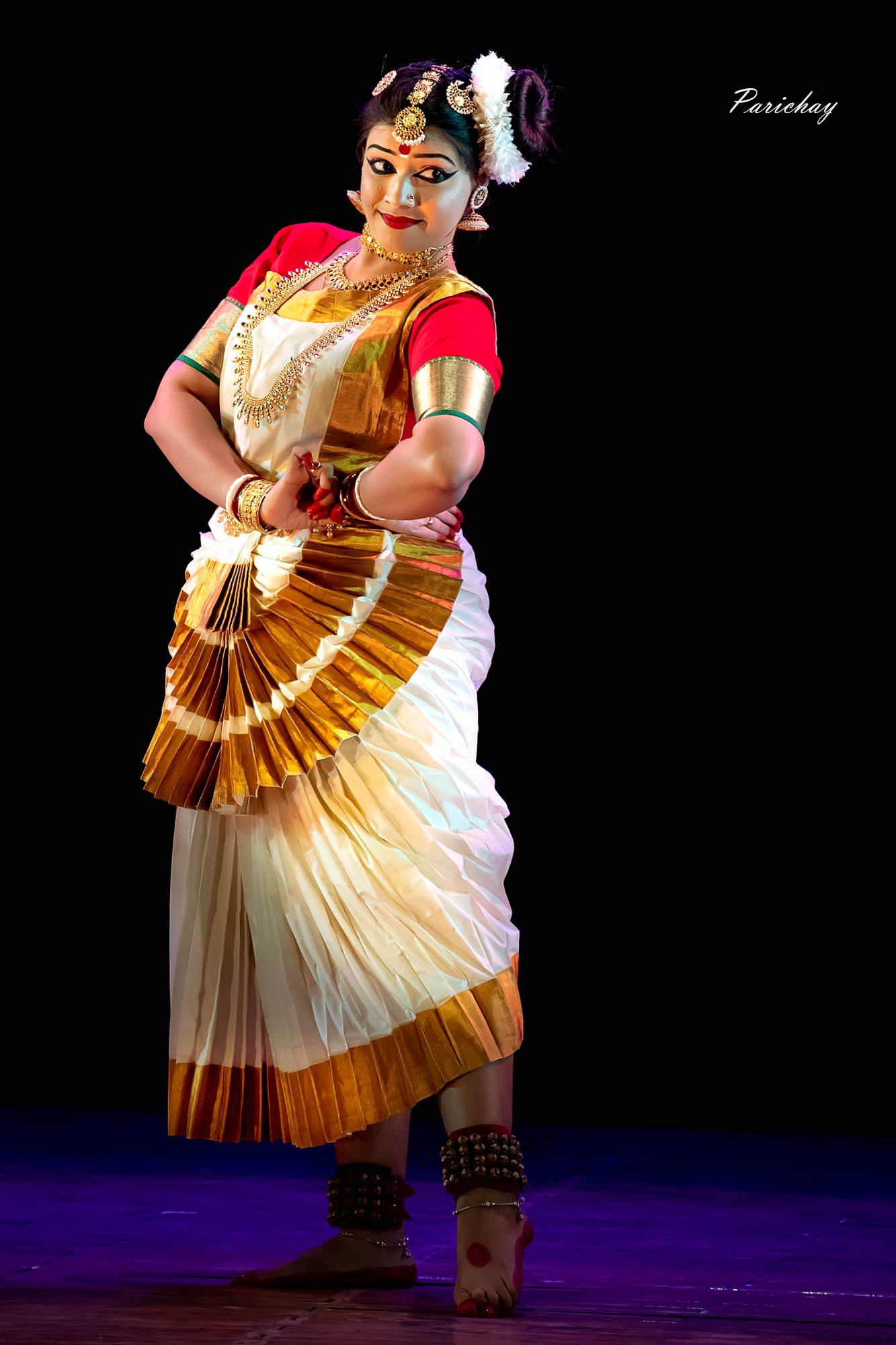

Wow it is class article.